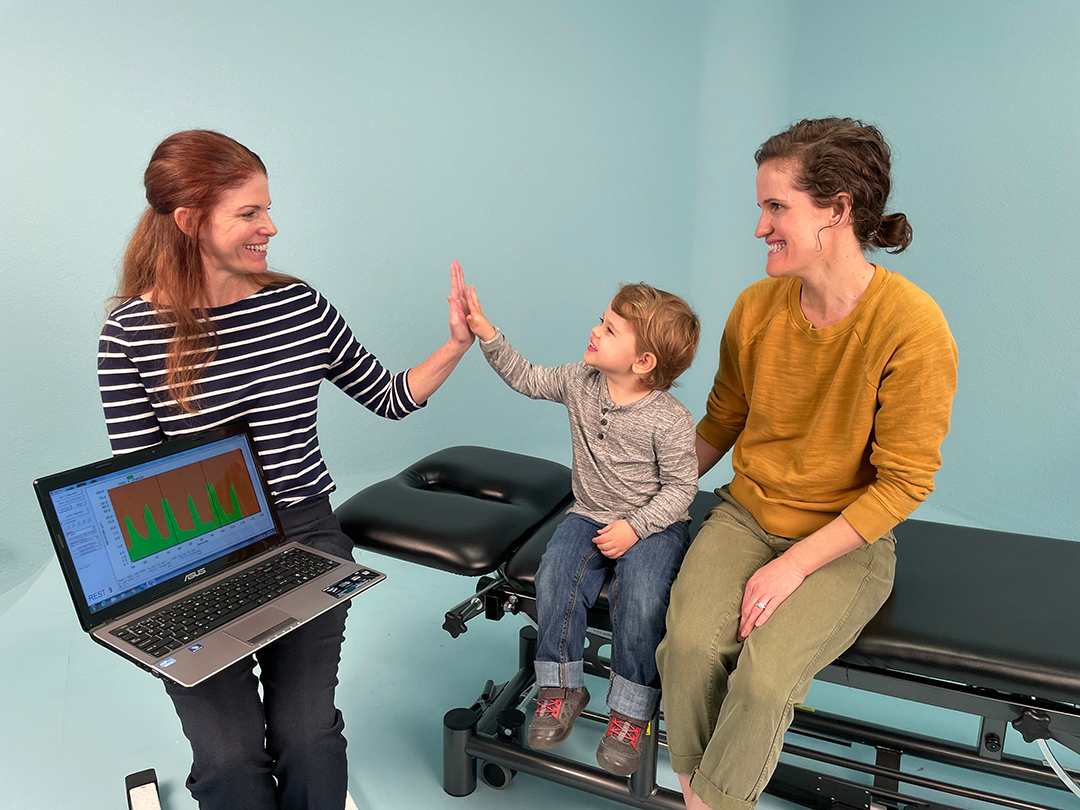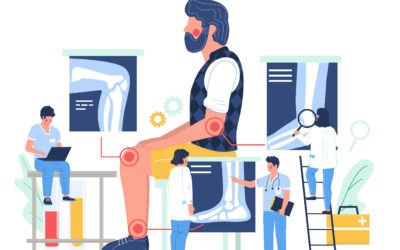While it may not be the first thing we think of when we hear “physical therapy,” keeping the bladder healthy is an important part of our overall well being. Here at Folsom Physical Therapy we like to provide opportunities for total body health and our pelvic floor division regularly treats people with many types of bladder symptoms. In honor of November being national bladder health awareness month, here are some tips, facts, and figures to promote awareness of how your own bladder is functioning.
Bladder Facts
Urinary Incontinence is the loss of bladder control and can range from a few drops to uncontrollable wetting.
200 Million is the estimated number of people worldwide who have urinary incontinence. You or your loved ones are not alone.
Pelvic floor muscles are the bowl-shaped group of muscles at the bottom of the pelvis that support the bowel, bladder, and uterus in women.
The bladder is the size of a large grapefruit. It is about 2 inches long and can stretch up to 6 inches when full.
There are many causes of urinary incontinence, including:
- Urinary tract infections
- Constipation
- Diabetes
- Medicine
- Enlarged prostate or prostate surgery (men)
- Childbirth or menopause (women)
Types of urinary incontinence:
Stress: Leak with cough, sneeze, lifting, etc.
- Helpful tip: when you feel a cough or sneeze coming on, tighten your pelvic floor muscles to brace against any leaking of urine.
Urge: A sudden need to urinate and can’t get to the bathroom in time.
- Helpful tips: Decrease irritating beverage intake. When you feel an urge, try some pelvic floor contractions (Kegels) and distract yourself with any other thought (ie count backwards, think of your shopping list, etc.) until the urge subsides enough to get to the bathroom calmly.
Overflow: When the bladder gets too full (usually because there is a problem with not being able to empty all the way) and urine leaks out.
- Helpful tips: Try bending forward when seated on the toilet to tilt the bladder to empty it. Don’t bear down or hold your breath to get the urine out. Work on regular fluid intake and urinating on a schedule of about every 2 hours (don’t wait too long). Your urologist can do a simple test called a PVR (post void residual) to determine if you are emptying all the way. Men also should get their prostate checked.
Functional: Your pelvic floor muscles may be a little weak, but the main problem is other body parts (back/knee pain, difficulty walking) which do not allow you to get to the bathroom in time.
- Helpful tip: A referral to PT to address your joint pain or walking difficulty can be very effective.
If you have urinary incontinence, limit your intake of:
- caffeine
- carbonated beverages (even sparkling water)
- alcohol
They can irritate your bladder. Plain, flat water is best to calm the bladder down. Drink enough through the day to keep the color of your urine pale yellow.
If you get up more than once at night to urinate, be sure to try decreasing all fluid intake 2-3 hours before bedtime except what is needed to take any pills. If you have any feet or leg swelling, try spending some time with your feet higher than your heart 1-2 hours before bed to help to re-circulate those fluids through your body before falling asleep.
There used to be a commercial with a bladder dragging its human down the hallway to the bathroom all day long – making it so difficult to go anywhere or get anything done, not to mention annoying. We don’t have to be slaves to our bladders! Many of the factors that negatively impact bladder health at all ages may be modifiable, and healthy bladder habits may prevent or reverse bladder dysfunctions that can occur naturally or in response to life events.
What do you do?
Talk to your health care provider about your bladder symptoms. Many people wait for years due to embarrassment or thinking there is nothing that can be done, when in reality there are plenty of options, including physical therapy, that can make your life much more comfortable. For more information on pelvic floor physical therapy, please visit our Pelvic Health Program page.
Sources:
- Ellsworth P, Marschall-Kehrel D, King S, Lukacz E. Bladder health across the life course. Int J Clin Pract. 2013 May;67(5):397-406. doi: 10.1111/ijcp.12127. PMID: 23574100.
- Urologyhealth.org – check it out to find other great resources and bladder information










